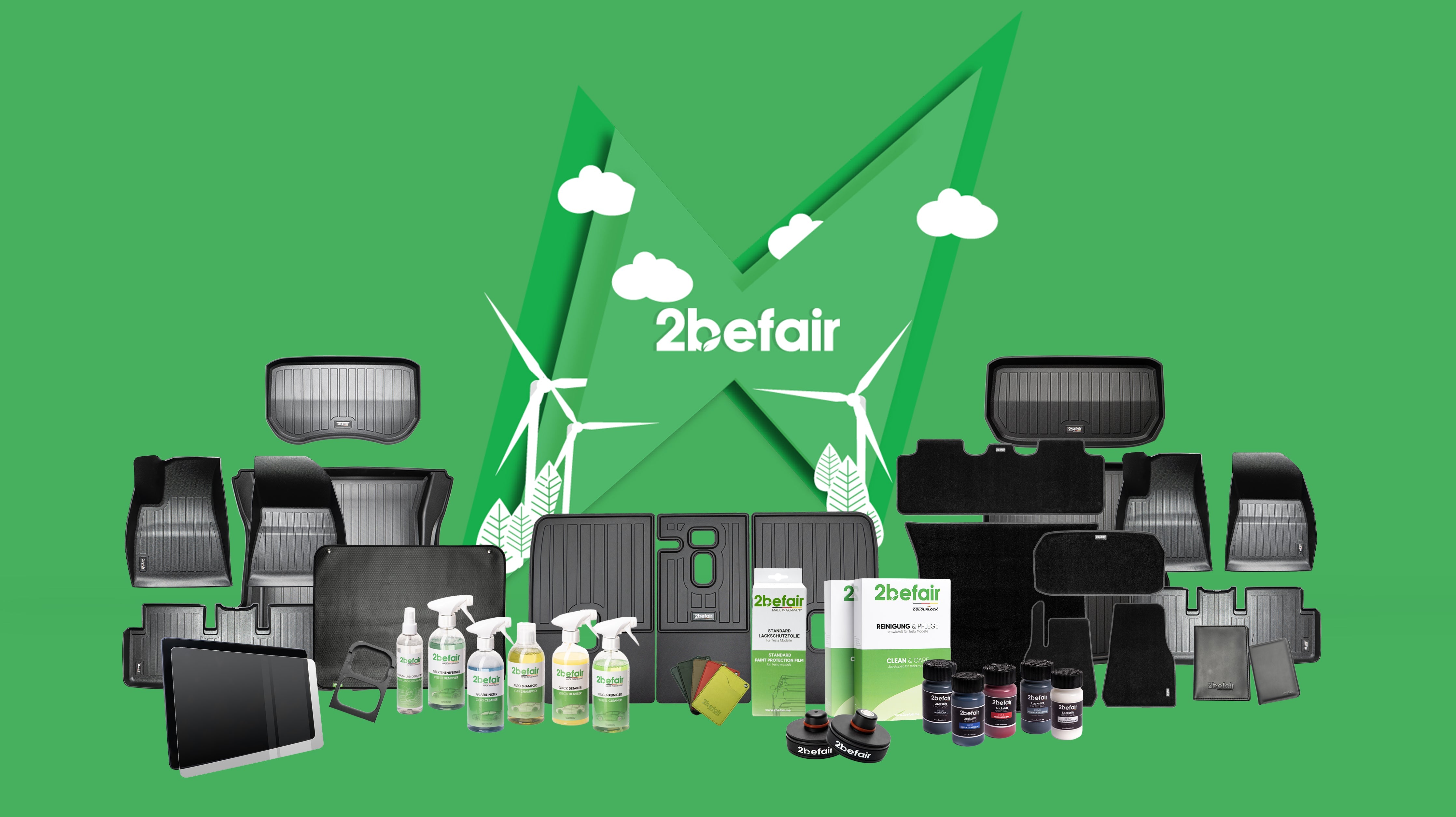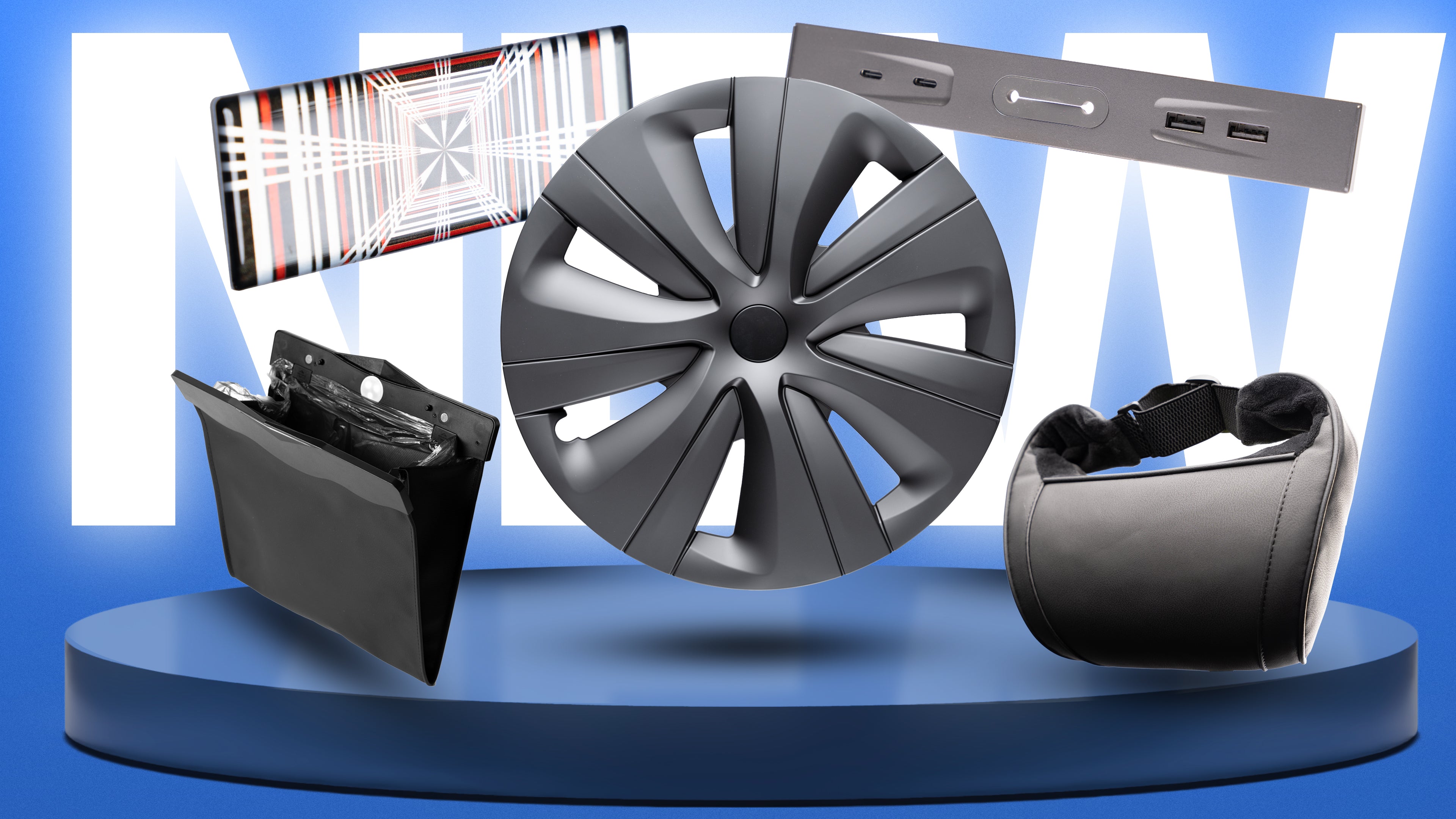Tesla is driving the development of its Full Self-Driving (FSD) technology with innovative approaches. A recently published patent (WO2024073115A1) provides us with insights into how Tesla complex AI models operate efficiently on specialized hardware. This article highlights the various optimization strategies and illustrates how Tesla maximizes the performance and efficiency of its autonomous systems.
FSD: The modular architecture of subnetworks
FSD does not consist of a single large unit, but of smaller, specialized sub-networks. Each of these networks is responsible for specific tasks, such as
- Detection and interpretation of traffic signals
- Detection and tracking of moving objects such as vehicles, pedestrians and cyclists
- Lane keeping and navigation on roads
- Creation of 3D environment models
- Real-time planning of routes
This modular structure makes it possible to Tesla, to improve individual areas in a targeted manner, which has a positive effect on the entire system. This "division of labor" increases efficiency and enhances adaptability during implementation.
Customized compilers: Optimal hardware utilization
Tesla uses specially developed compiler toolchains to translate FSD into machine-readable code that is optimally adapted to the architecture of the respective hardware component. Whether CPU, GPU or specialized AI accelerator (NPU) - each unit receives exactly the instructions that maximize its performance.
Strategic distribution of tasks
To further increase performance Tesla assigns tasks to the subnetworks that correspond to their hardware capabilities. Performance-intensive processes are taken over by the most powerful processors, while simpler tasks are assigned to more efficient units.
Optimized scheduling for fast decisions
An "execution scheduler" ensures that the sequence of instructions is optimized. This minimizes delays and enables the system to react to dynamic traffic situations in real time.
Quantization-Aware Training: efficiency through precision reduction
By training FSD with low-precision numbers (quantization), the system reduces Tesla the computing effort and energy consumption without significantly impairing accuracy. This process optimally balances performance and resource utilization.
Synchronization of hardware components
Precise timing is crucial for several chips to work together. Tesla synchronizes the clocking of all processing units in order to avoid timing errors and ensure that the components work together seamlessly.
Redundancy for maximum security
Tesla integrates redundant hardware configurations that automatically switch to backup systems if critical components fail. This measure ensures safe and reliable operation of the autonomous systems.
A simple example
FSD functions like a well-organized company with specialized departments that work together to achieve maximum efficiency. Tesla FSD ensures that each department is given the right tools and coordinated seamlessly - resulting in a powerful and reliable system.
Keywords: Tesla, Tesla Model Y, Tesla Model 3, Tesla Accessories, Tesla Store, Shop4Tesla, Tesla News, FSD, Full Self-Driving, Tesla optimization, AI models, autonomous driving, Tesla patent, quantization, hardware synchronization
—
Did you like our article? If you are already a proud Tesla-driver or should become one soon, visit our online store Shop4Tesla and get a 5% discount on all products with the discount code: NEWS4TESLA.
In our extensive range you will find a variety of high-quality Tesla-accessories for every model. Discover exciting innovations and accessories that will make your Tesla-experience even better - www.shop4tesla.com.






































